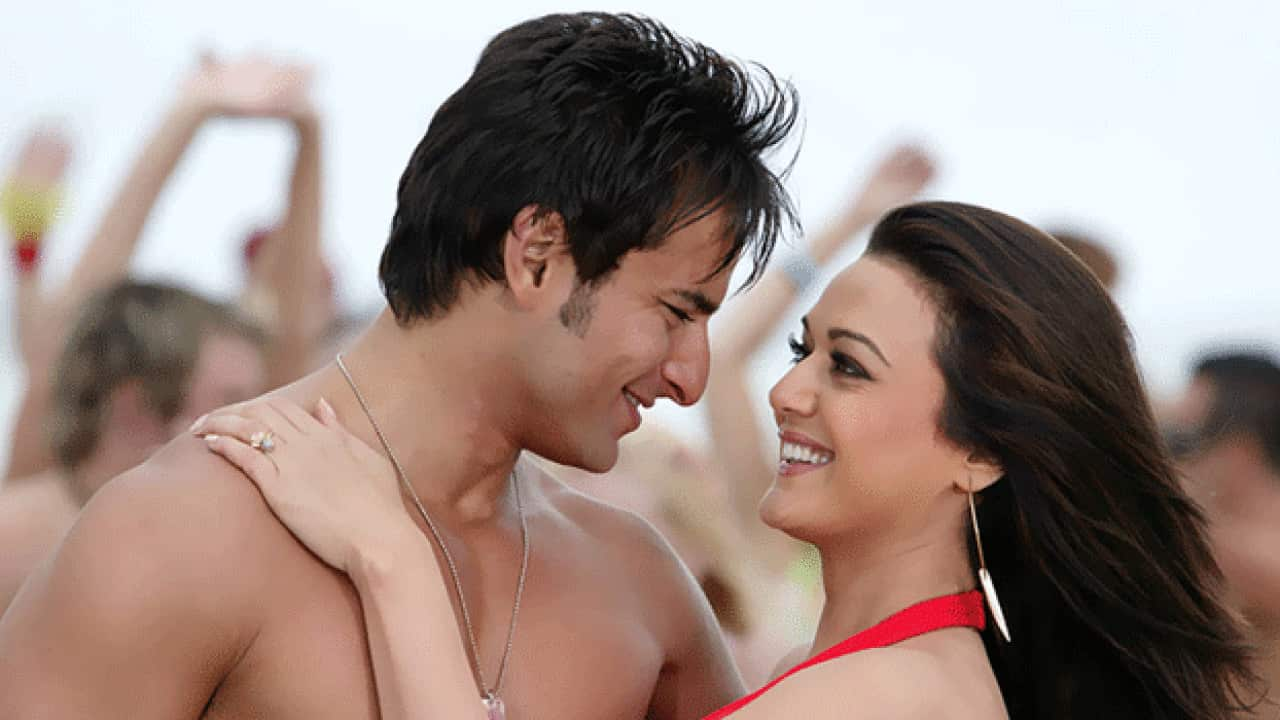Highlights
- Feature film projects must spend at least $700,000 in Victoria
- The film production company should have produced at least 10 feature films
- These films must have been shown on over 1000 screens in India
An Indian Cinema Attraction Fund has been announced in Mumbai to attract Indian film-makers to film their projects in Victoria.
Under its film promotion body, Film Victoria, an ‘Indian Cinema Attraction Fund’ worth $3 million has been set aside to encourage large-scale Indian film and television projects to be filmed in Victoria.
On February 26, at an event in Mumbai, India’s film-making hub, Film Victoria’s CEO Caroline Pitcher made this announcement.
There are three conditions to be met by film-makers to tap into this fund.
Successful Hindi movies like Dil Chahta Hai, Salaam Namaste, Return of Sardaarji have been shot in Australia.
Joe Brinkmann, Manager of Production Attraction at Film Victoria detailed what's in it for those in the Indian film-making business.
“With this announcement, Victoria has become the only state with a declared policy to support Indian films. The fund aims to support Indian film projects that have so far been going to destinations like the UK, Switzerland, Portugal,” he said.
What could be the possible reasons why Australia hasn’t been exposed much as a film-making destination in the world’s largest film industry which is always on the lookout for exotic locations?

Punjabi film-maker Ishaan Chopra at a film shoot in the UK. Source: Supplied
Mr Brinkmann said, “There are a few factors responsible for this like distance, lack of many direct flights between India and Australia and cost. We want to provide incentives to Indian film-makers to reduce their cost of production.”
To apply for this fund, Indian feature film projects must spend at least $700,000 in Victoria, production companies or studios should have produced at least 10 feature films that must have been shown on 1000+ screens in India.
Film Victoria, said Mr Brinkmann, is keen on projects in all Indian languages.
Despite this, the offer doesn’t appear to be attractive enough for the young blood in regional Indian film-making.
Ishan Chopra, a young director of Punjabi movies, whose most recent movie, Doorbeen was released in 2019, told SBS Punjabi that this fund appears to have been set up for highly-experienced, big-budget Bollywood movies only.
“There are reasons why places like the UK or Canada are attractive for film-makers from India. One of the movies I worked on, Dil Diyan Gallan, was shot in the UK, where the mandatory investment for getting government subsidy is only 100,000 GBP. This translates into around $200,000 in Australia. That's a difference of $500,000 straightaway," explains Mr Chopra.
He goes on to add that Film Victoria's fund may not appeal to the newer film-makers.
"In the UK or Canada, even a newbie can film and be eligible for subsidy. Film Victoria is also perhaps unaware that even though regional movies have a big audience in India, there aren’t 1000 or more screens in any state of the country. Only a handful of big-banner movies Bollywood movies are released at that level. So if you compare these advantages we get in other countries with Film Victoria’s offer, you’ll see the difference,” says Mr Chopra who is ready with the script of his next movie.
“I welcome the announcement by the Victorian Government but I guess this fund’s conditions need a rethink,” he adds.
Mr Brinkmann, on the other hand, feels confident about the large audience of not only Bollywood but also regional cinema in Victoria.
“We have a massive audience of Indian origin living in Victoria, which we are keen to tap into. In addition, we’d love to show them Victoria on the big screen in a language they speak at home,” he elaborated.
Film Victoria is also keen on providing training opportunities for local professionals of the film and music industry of Indian origin in Victoria, says Mr Brinkmann.
“We’re actively looking for opportunities to upskill and knowledge-share,” he added.
Click on the player in the picture at the top to listen to this interview in Punjabi.






